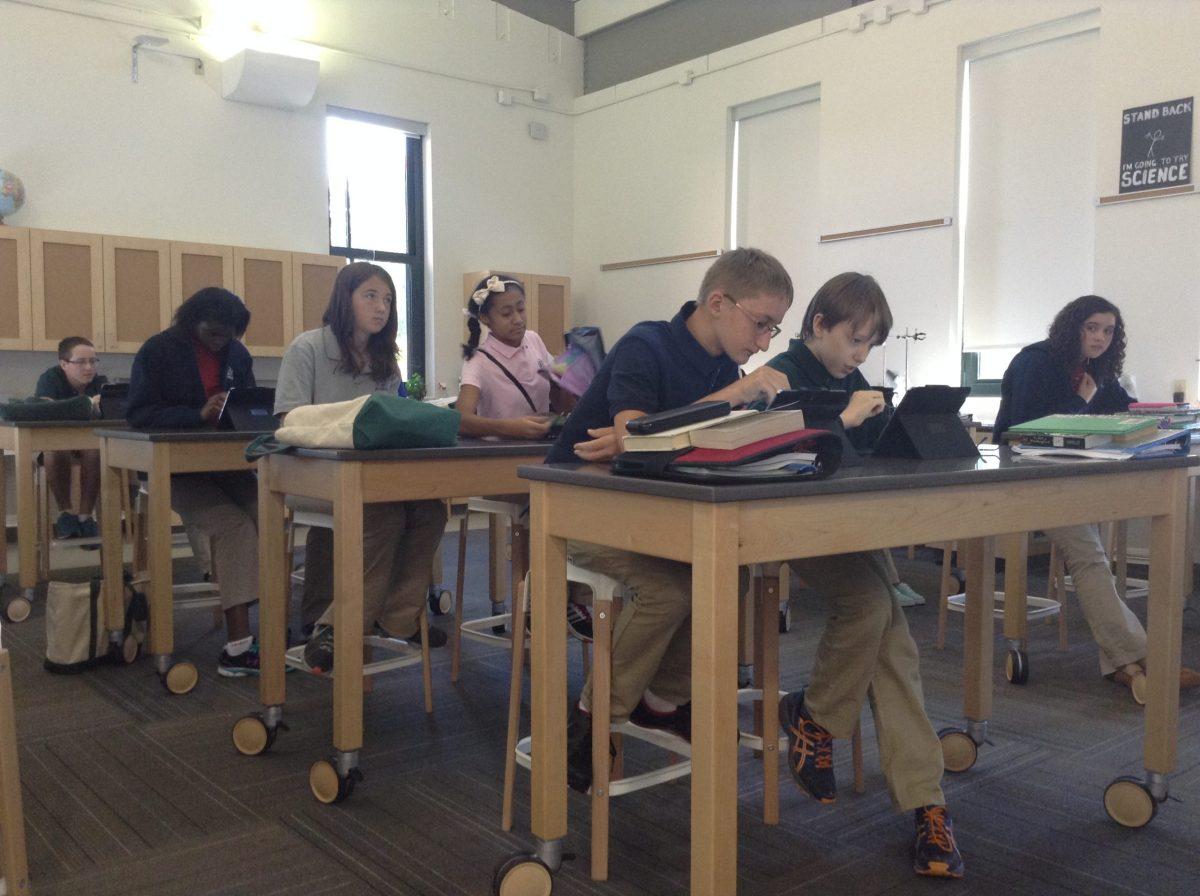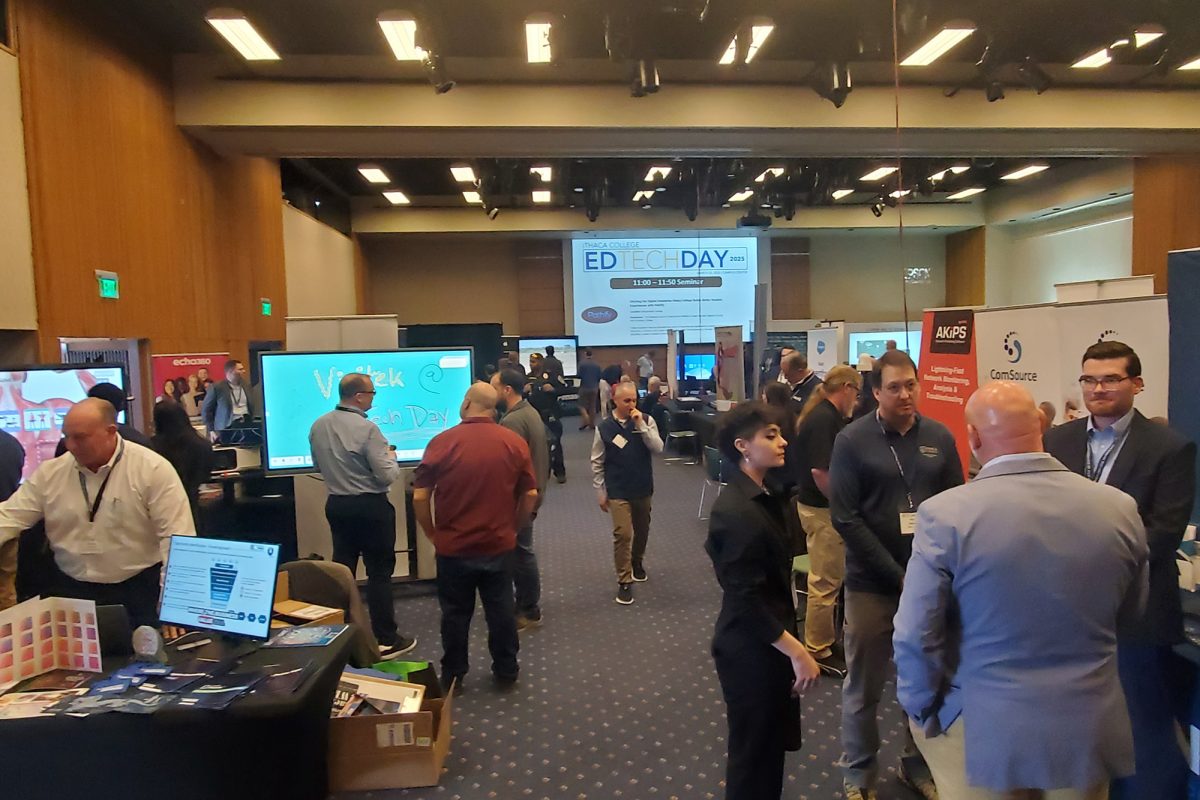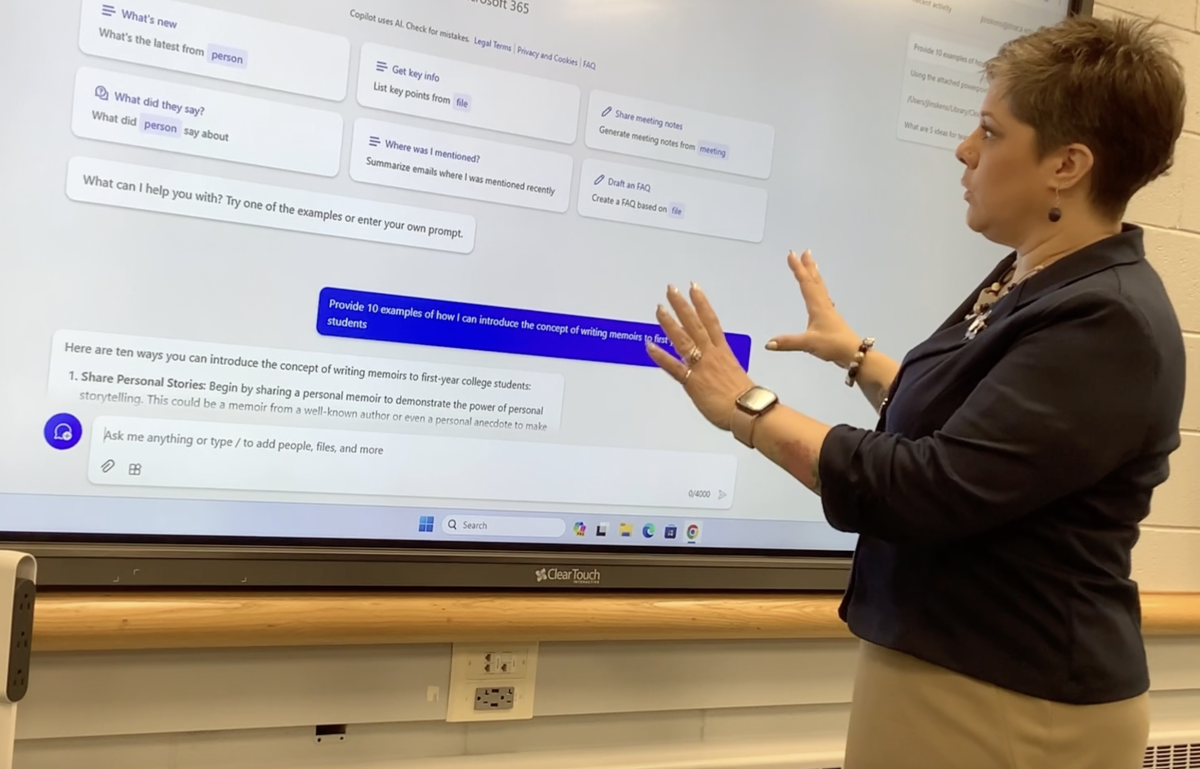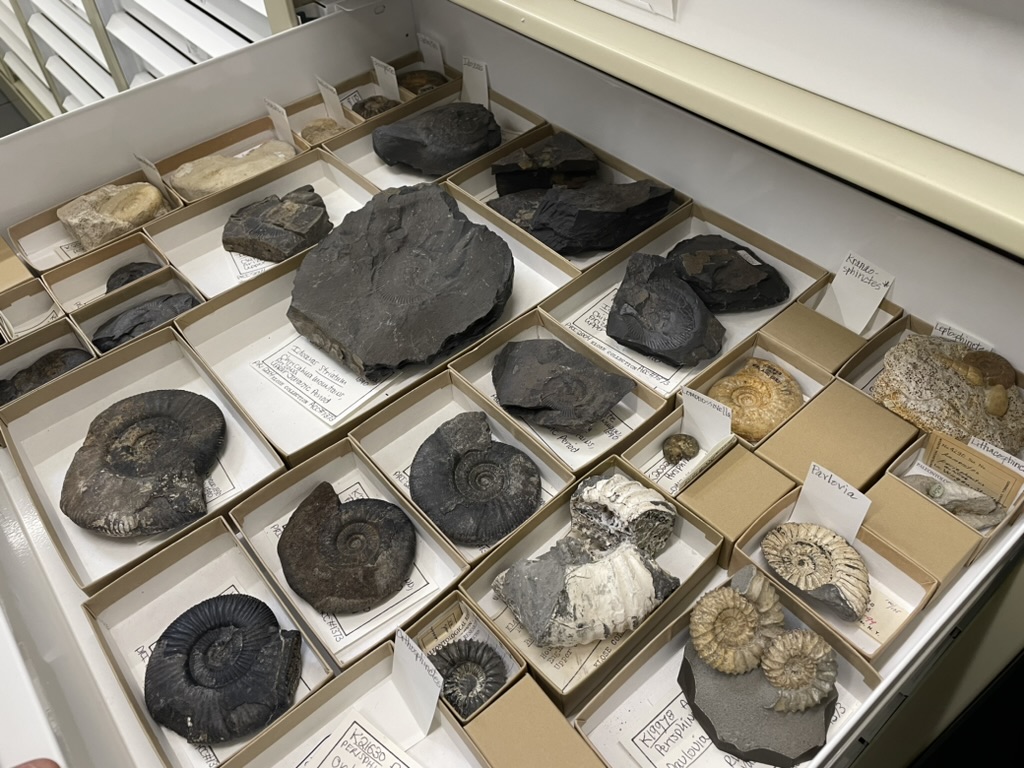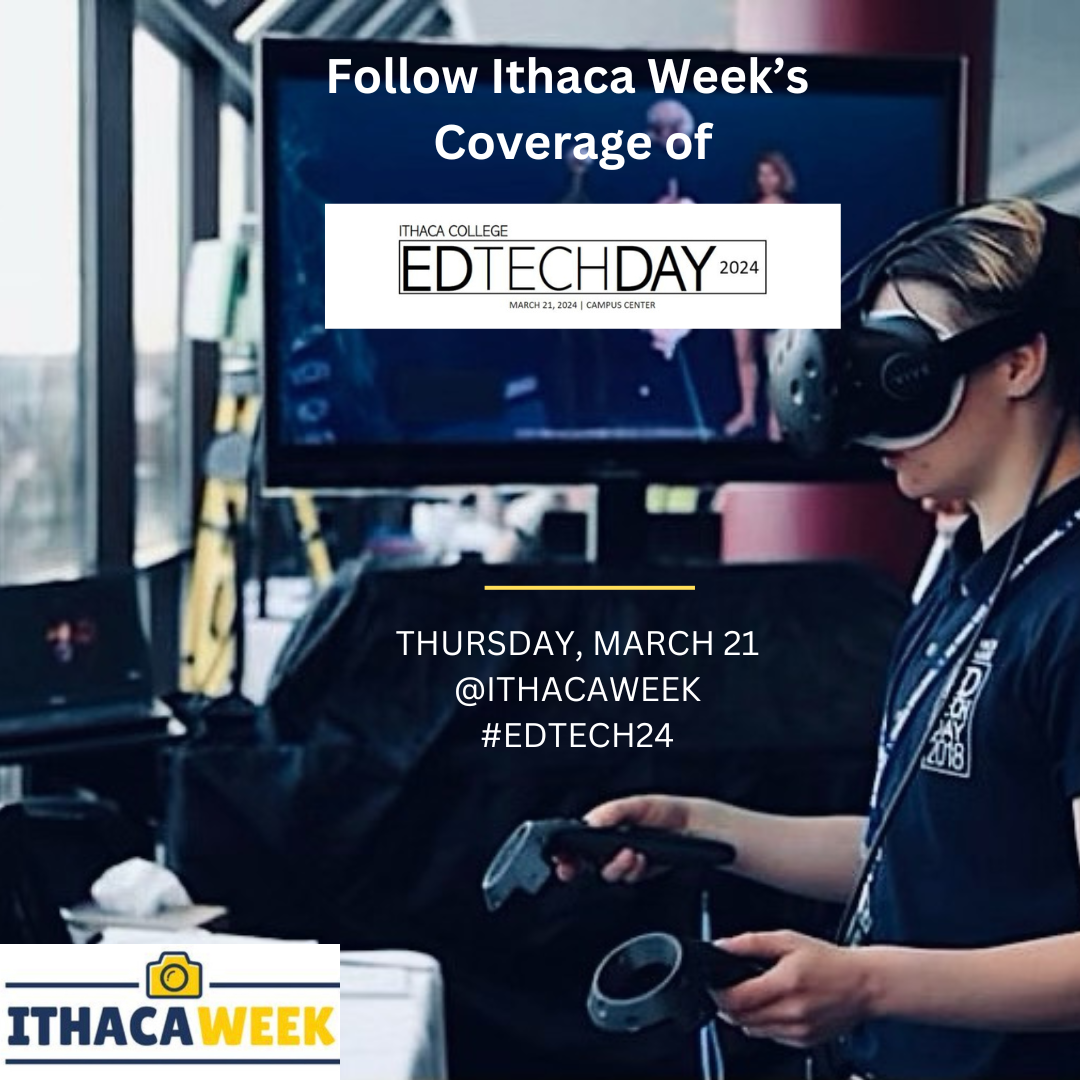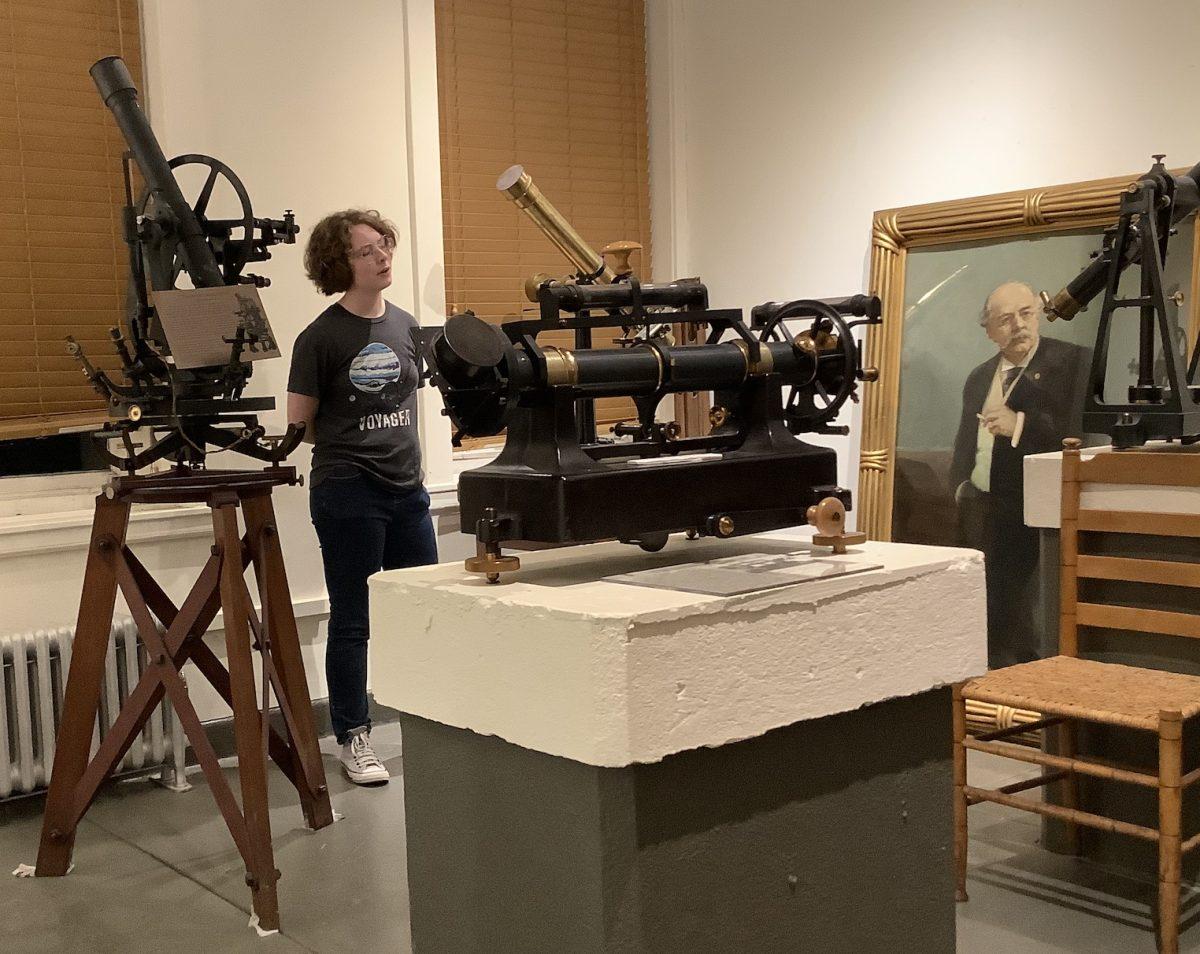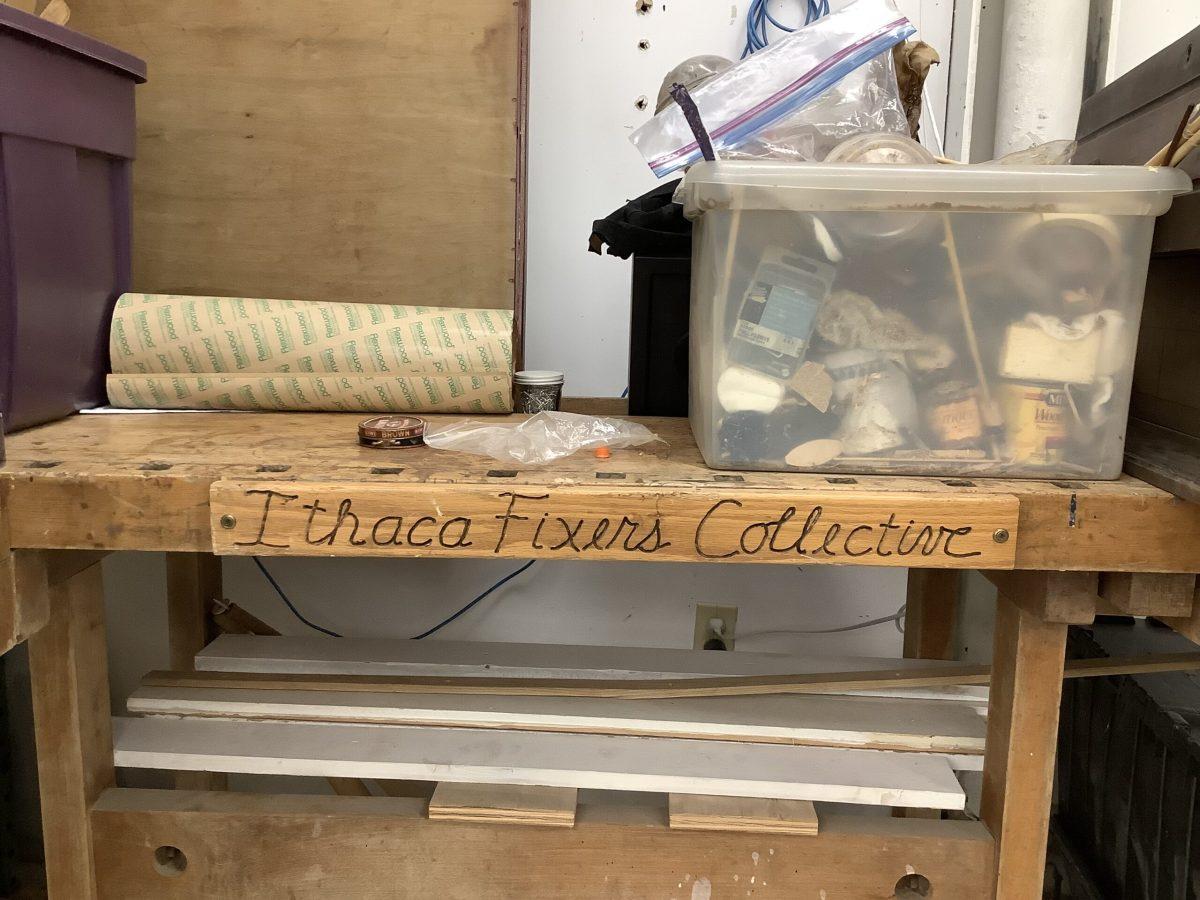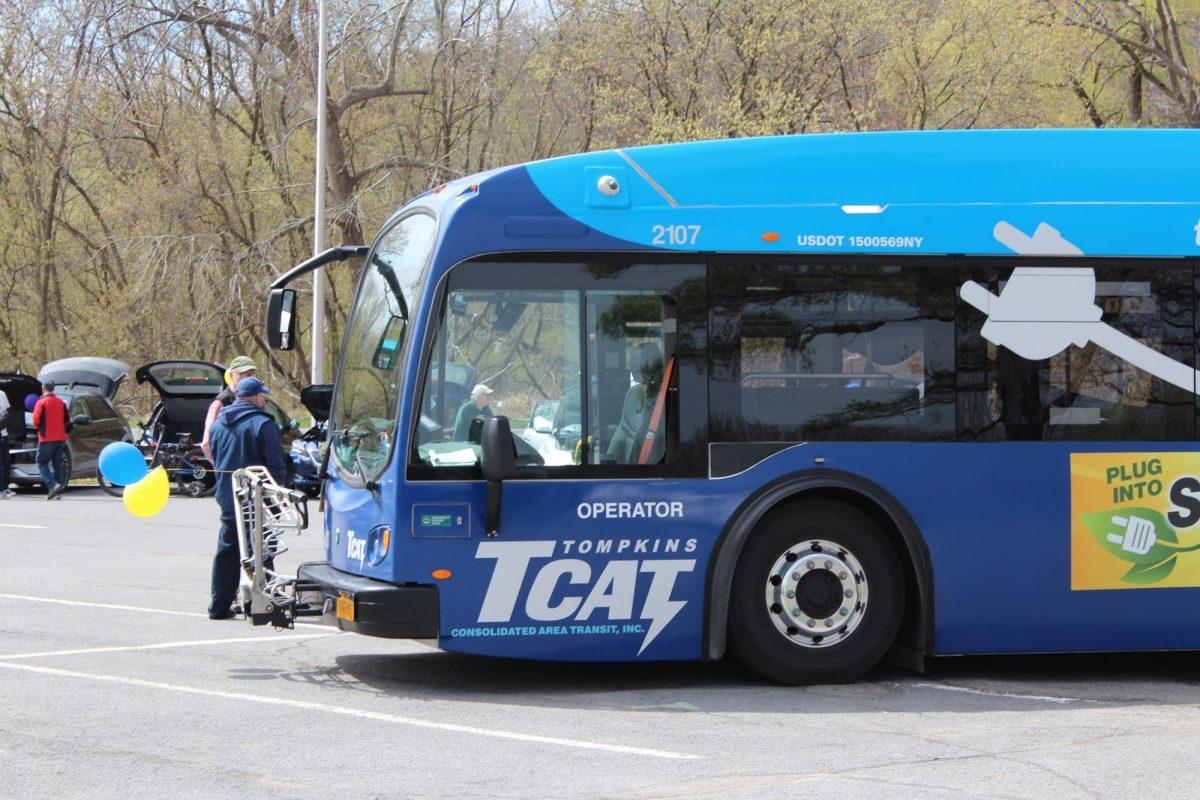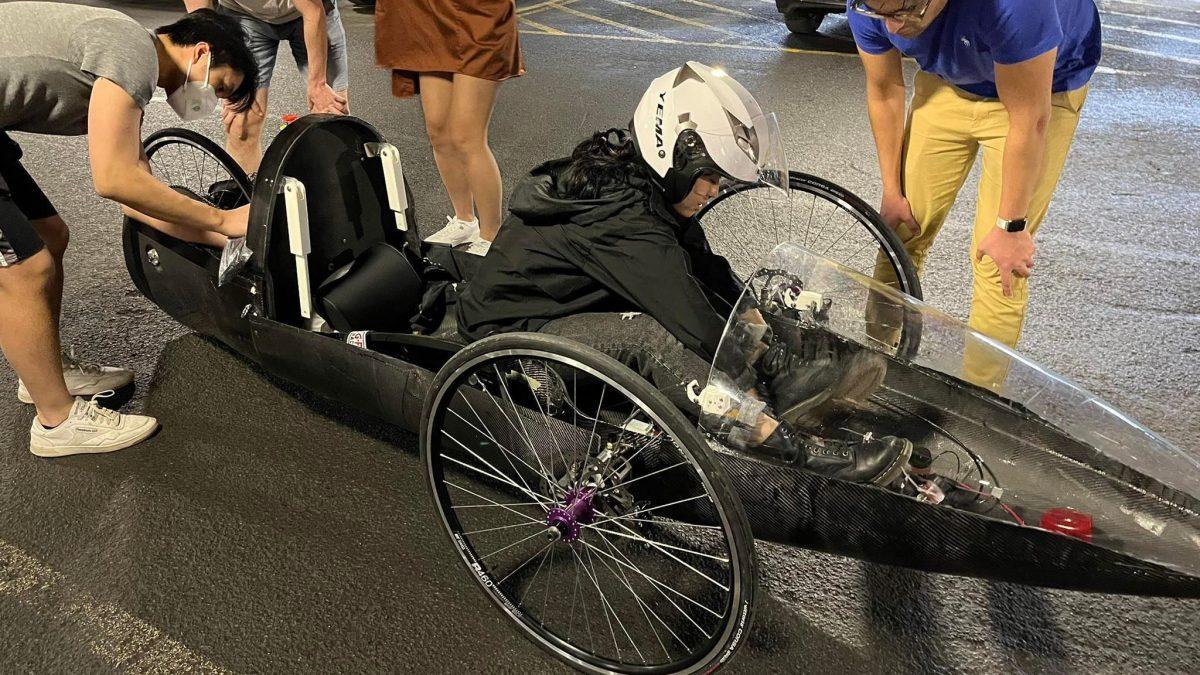Two schools in Central New York have joined the nearly 2,000 others nationwide this year to swap out traditional textbooks styles for a new digital and futuristic model for education.
Among those schools is the Alternative School for Math and Science in Corning, N.Y., a private middle school of about 120 students grades 6–8, which became the first independent school district in the country to implement the Samsung School into every classroom this year. Every teacher and student has access to Samsung Galaxy tablets, and interactive whiteboard displays with software in every classroom aiding instruction and interaction.
The implementation of tablet technology is important because it gives students an advantage for future educational and career endeavors, Kim Frock, the administrative head of school at ASMS, said.
“Technology is a part of a kids life now,” Frock said. “In school, technology is a tool for learning. We want to provide the best tools available for our kids.”
However, with all the advantages of technology in schools there is a possibility for overuse. According to the National School Boards Association, instructors must be aware of potential hindrances to learning process and avoid taking away valuable learning time and turning educational experiences into games.
“We tried to implement it about five years ago — that was a disaster,” Peter Cooke, a trustee on the Trumansburg, N.Y., Board of Education, said. “I think the use of too much technology isn’t that good for kids anyways, so I didn’t really like it.”
In order to counter any potential problems of overuse, teachers have to conduct some activities without the technology and give students different learning opportunities, Linda Cole, the academic head of school for ASMS, said.
“It’s important to find a balance because kids learn differently,” Cole said. “Teachers have the ability to monitor their students, close out web pages or lock the iPads to keep the class on task.”
This advance in technology is costly, but Samsung and Corning Inc., split the total cost for Samsung school as an investment in ASMS. Diane Ashby, Samsung’s national manager for education said Samsung’s initiative includes some brand recognition.
“It behooves us to enable students to have 21st century skills because one day these students will be in the workforce, and we hope to enable students to experience our products to be college and career ready,” Ashby said.
The transition to digital technology was a challenge for Charles O. Dickinson High School in Trumansburg. Larry Glanton has taught for 20 years, but when he found out the school was switching to a 1:1 iPad program where students received their own iPad, he said he had to adapt.
“I pushed all my chips to the middle of the table,” Glanton said. “I figured that I still have some life in me and that if I don’t make a change, I’m not doing well by the students in my classroom.”
Michael Flood, a physics teacher at Charles O. Dickerson has used the new iPad program to flip the curriculum. Instead of lecturing during class and assigning homework, he records his lessons and links students to video resources, while assigning problem sets during the school day.
“The level of note taking I’ve seen in the flipped classroom has far exceeded what I’ve seen in a traditional sense,” Flood said. “When students go home and watch a lesson, they’re able to put me on pause.”
Jon Koeng, the high school’s principal said community members will sometimes question if it’s worth implementing iPads in classrooms, but his most common response is that the information is reaching students in modes they experience everyday.
“I don’t know of any job out there today that does not involve an employee interacting with a computer on some level,” Koeng said. “They’re not going to use [technology] all the time, they’re going to use it some of the time.

